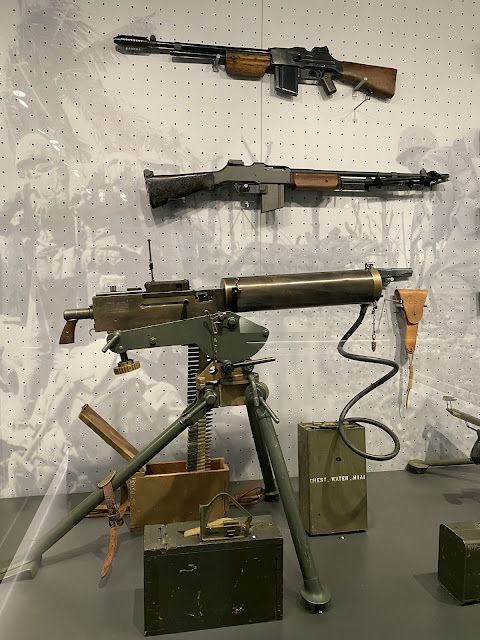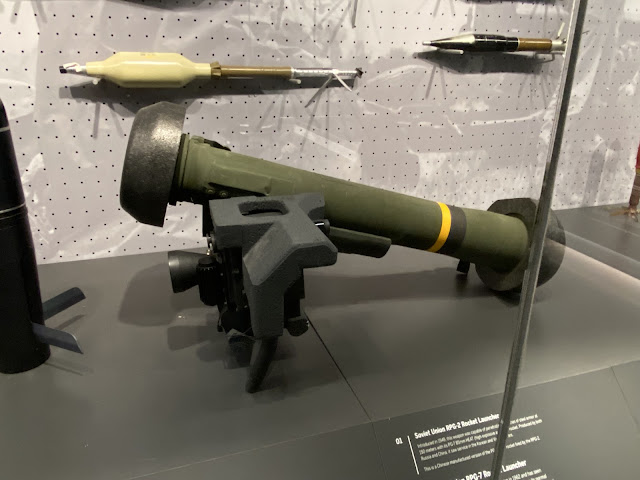How To Use This Site
How To Use This Site
This blog was updated on a daily basis for about two years, with those daily entries ceasing on December 31, 2013. The blog is still active, however, and we hope that people stopping in, who find something lacking, will add to the daily entries.
The blog still receives new posts as well, but now it receives them on items of Wyoming history. That has always been a feature of the blog, but Wyoming's history is rich and there are many items that are not fully covered here, if covered at all. Over time, we hope to remedy that.
You can obtain an entire month's listings by hitting on the appropriate month below, or an individual day by hitting on that calendar date. Use 2013 for the search date, as that's the day regular dates were established and fixed.
Alternatively, the months are listed immediately below, with the individual days appearing backwards (oldest first).
We hope you enjoy this site.
We hope you enjoy this site.
Showing posts with label Dubois. Show all posts
Showing posts with label Dubois. Show all posts
Thursday, October 24, 2024
Saturday, September 21, 2013
September 21
1890 It was reported that every county in the state elected a female school superintendent. Attribution: Wyoming State Historical Society.
1897 The New York Sun ran an editorial that answered a question from 8-year-old Virginia O'Hanlon: "Is there a Santa Claus?" Suffice it to say, this annually run article was run a bit earlier in the year than generally supposed.
1904 Nez Perce leader Chief Joseph dies on the Colville reservation in northern Washington at the age of 64.
1909 Municipal natural gas service starts in Basin. Attribution: Wyoming State Historical Society.
1916 The Cheyenne Leader for September 21, 1916. State Troops Expect Orders
During this week Wyoming would receive visits from both William Jennings Bryan and Charles Everett Hughes. Included in the big news, however, was that the Wyoming National Guard was expected to go to the border.
1917 The Wyoming National Guard had gone to the Mexican boarder as infantry. . .
and they'd been mobilized in 1917 as such as well.
But they wouldn't be going to France as infantry.
Today the news hit that the unit was being disbanded and reformed into artillery, machinegun, and ammunition train units.
I'm not sure what happened to the machinegun and ammunition train elements, or if those actually happened. They likely did. I do know, however, that the artillery unit was in fact formed and is strongly associated with the Wyoming Guard during the Great War.
This was not uncommon. As the Army grew, the Army would be taking a lot of smaller units such as this and reconstituting them as something else. Both Regular Army and Guard units experienced this.
It's hard to know what the men thought of this. A lot, but not all, had served and trained as infantry just the prior year along the border. Did they have a strong attachment to it? Hard to know. Were some relieved, perhaps, that their role, in some instances, wouldn't involve serving as infantrymen in the trenches? We don't know that either.
1918 A victory against the Turks . . . and the Flu spreads. Casper Daily Tribune, September 21, 1918.
1916 The Cheyenne Leader for September 21, 1916. State Troops Expect Orders
During this week Wyoming would receive visits from both William Jennings Bryan and Charles Everett Hughes. Included in the big news, however, was that the Wyoming National Guard was expected to go to the border.
1917 The Wyoming National Guard had gone to the Mexican boarder as infantry. . .
But they wouldn't be going to France as infantry.
Today the news hit that the unit was being disbanded and reformed into artillery, machinegun, and ammunition train units.
I'm not sure what happened to the machinegun and ammunition train elements, or if those actually happened. They likely did. I do know, however, that the artillery unit was in fact formed and is strongly associated with the Wyoming Guard during the Great War.
This was not uncommon. As the Army grew, the Army would be taking a lot of smaller units such as this and reconstituting them as something else. Both Regular Army and Guard units experienced this.
It's hard to know what the men thought of this. A lot, but not all, had served and trained as infantry just the prior year along the border. Did they have a strong attachment to it? Hard to know. Were some relieved, perhaps, that their role, in some instances, wouldn't involve serving as infantrymen in the trenches? We don't know that either.
1918 A victory against the Turks . . . and the Flu spreads. Casper Daily Tribune, September 21, 1918.
1920 A committee of Dubois businessmen was formed to support road and other improvement efforts. Attribution: Wyoming State Historical Society.
Dubois in 1920
Subscribe to:
Comments (Atom)



















